How to plan the perfect road trip in Bulgaria
Beautiful mountains, abundant history, delicious wine and food, and cheap accommodations, these are all the boxes that Bulgaria checks in your travel list! Bulgaria truly is a European hidden gem only uncovered by some adventurous ones. I’m pretty sure you are one of them by stumbling into this travel guide!
If like me, when researching your trip, a lot of people asked you “Why Bulgaria?” I would answer “Why not?”. I’ve always found it funny why we should visit one country more than another, for me every country has something unique and special to discover. In search of this, we embarked on a road trip through the four corners of the country. Plus, at BRB we rather go to the hidden gems rather than contribute to over-tourism. Bulgaria is in fact often overlooked by its popular southern neighbour, Greece and other Eastern European countries.
Bulgaria is a country that is full of history, it has been at the crossroads of Europe and Asia and has been part of important historical eras such as the Thracian, Ancient Greek, Roman, Ottoman, and Byzantine empires. In modern history, Bulgaria was occupied by the Nazis and then was part of the USSR. The country is now a member of the European Union since 2007. All these historical eras left an architectural legacy that visitors to the country will love, in fact, the country has 7 world heritage sites and 3 natural sites protected by UNESCO.
A road trip through Bulgaria can be easily done as the country is not too big, which makes it perfect to visit, it has historical sites, mountains, sea and much more! So, get ready to embark on this new adventure!
Psst: At the end of this post, I’m sharing some travel tips and what I would have done differently looking back, so keep reading until the end!
The ultimate Bulgaria road trip
The roads are very scenic, you will pass by tons of sunflower fields and beautiful mountains. There are countless little villages with off-white houses with one or two floors with red tiles on rooftops, and vegetable gardens covered with vines. You will also encounter farm animals, wild dogs, turtles and other reptiles crossing the road. In the heartlands, you will sometimes stumble upon old communist statues near villages or even see past Bulgarian and Soviet leaders painted on buildings. Most of the cars are from the ’90s and early 2000s, you will even see Ladas in the streets. We got lost a couple of times thanks to our GPS and we stumbled into a lot of dirt and bumpy roads with elders sitting outside of their houses looking funny at us and wondering why a rented car was wandering around their tiny village.
Bulgaria has a developing economy and it is still recovering from the communist era. Don’t be surprised to see lots of decayed buildings and a big clash between the countryside and the cities. Also, I was sadly surprised that there were countless graffiti swastikas and Nazi iconography across the country.
Bulgaria is a cheap destination! If you are looking for a Euro trip but don’t have all the funds, you should consider Bulgaria! Accommodations, food and drinks are very cheap. the Airbnb that we stayed in has been on average $40 per night and a meal in a very good restaurant was around $20 and beer is around $1.
So, what are you waiting for to visit? Whether this is your first time visiting the country or you are a recurring visitor, this guide is for you!
Why choose to rent a car and not take public transportation? If you want more freedom, are compressed in time and want to do wineries and national parks, then renting a car is for you. The car allows you to save a lot of time, you won’t have to chase the schedules, bus stations and how to get from point A to point B. The country does have public transport, the bus and the train are the two most used options.
Your Bulgaria itinerary
Bulgaria travel itinerary
Here is the itinerary that we did. These are just examples of how much time you can stay in each region. It will be up to you to plan how long you will want to stay. At the end of this article, you will find suggestions of what I would do differently on this itinerary after we did the trip.
Day 1: Arrival in Sofia, take time to unwind
Day 2 - 3: Explore Sofia
Day 4: Grab the car and head to Seven Rila Lakes and Rila Monastery
Days 5: Melnik
Day 6- 8: Plovdiv & day trips
Day 9 - 10: Ruse
Day 11-13: Black Sea coast
Day 14: Veliko Tarnovo & back to Sofia
Sofia - 3 days
Sofia, the capital, is unique to the rest of the country, it has a very eclectic style mixing architecture of different periods like Byzantine, socialist and ancient Roman ruins. The city is often called the Jerusalem of the East as it has churches, synagogues and mosques close to each other. The main attraction of the city is the gorgeous and imposing Alexander Nevsky Cathedral. Did you know that is the most photographed spot in Bulgaria? The commercial street, Vitosha Boulevard, is the heart of the capital, a place of gathering, and shopping and it is full of cafes and restaurants. Sofia is the largest city in the country.
For a complete guide of how to explore Sofia in 2 days here.
We landed in Sofia and we decided not to rent a car right away. The city is easily walkable and the public transit works perfectly. We preferred to relax and wander around without having to worry about where to park the car. Also, it allows you to relax for a couple of days before hitting the road.
You can easily rent a car at the airport or at another rental point around the city. We decided to rent it at the airport since it was more convenient for us because we would be departing the country from the airport. Luckily, the airport is very accessible through public transportation from the city center.
In Sofia and in Plovdiv you can take a free walking tour to really know the history of the city. There are different companies that offer them, you can check the rating to find the best one.
Rila Mountains - 1 day
The region next to Sofia with its mountainous roads is the most beautiful we saw during our trip. This is by far the highlight of our trip. I wish we had stayed here longer!
Seven Rila Lakes
Our first stop was the Seven Rila Lakes. The pristine waters with the eternal snow and the mountain air were breathtaking. The lakes are situated on the highest mountain in the Balkans. From October to June the lakes are usually frozen so the best time to visit is July to September.
To access the lake's viewpoint, you need to take a lift for around 20 min and after that climb for around 30 more minutes. The walk can be challenging due to the altitude. After all this cardio, enjoy the panorama while resting a little next to the lake.
The price of the lift is around 9 Euros per person both ways.
Rila Monastery
We jumped back in the car and went to the Rila Monastery. The monastery was founded in the 10th Century and has become an important spiritual hub since medieval times. The monastery was added to the UNESCO World Heritage list for its beautiful architecture with bright yellow domes and archways striped in black, red and white. The inside is ornate with jaw-dropping frescoes depicting the apocalyptic dance. The monastery also offers accommodations for those who want the full experience. Having visited it, I understand why this is the number one tourist attraction in the country.
The entrance fee to the monastery is around 8 Euros. For more information, go to their site. I would suggest staying a few hours here, you will need them to admire the frescoes and wander around.
Melnik - 1 day
Your road trip itinerary continues south of the country. The next day we went to Melnik, it is a cute little town to spend a couple of hours. It is very picturesque with its traditional architecture, and most of the buildings are listed as historical heritage. In the backdrop, there is a peculiar rock formation in the shape of pyramids that makes it look almost out of this world. There are several trails that go up the pyramids, for the sporty ones.
The Melnik region is widely known for its wines. There are vines specific to the region, which makes the wine very different from the other varieties with aromas from the mountains. To taste the Bulgarian wine, we decided to visit Villa Melnik, one of the biggest vineyards in the country. The award-winning domain gives tours and tastings for wine lovers. The wine region is called Struma River Valley (located in Southwest Bulgarian). The predominant wine type is the local style Shiroka Melnishka Loza (taking its name from the town), as well as Cabernet Sauvignon and Merlot, due to the Mediterranean climate. Fun fact, Winston Churchill used to order this type of wine by the barrel, this is how much he liked it.
Plovdiv - 3 days
Plovdiv is the second biggest city in Bulgaria and it is very different from Sofia. The vibe is very artsy and laid-back. The Kapana Art District, also known as “The Trap” is very lively at night with all the restaurants and bars. This was definitely one of my preferred stops on the trip. The city is full of street art and has plenty of things to do! In 2019, Plovdiv was named the European City of Culture. The other neighbourhood to visit in Plovdiv is the Old Town which features beautiful architecture from the Bulgarian Revival period.
For a complete list of things to do in the city and its region, check my post about Plovdiv.
Near the city, you have various options for great day trips! Only 2 hours away you will find some of the best wineries in the country. Most of the grape varieties in Bulgaria are local, so you will be able to taste great wines that you don’t find a lot in other countries. The wine region immediately surrounding Plovdiv is called the (western) Thracian Valley. This is the largest wine region in Bulgarian. The local grapes are Mavrud and Rubin.
Another day trip is to do a visit to Buzludzha, also called the UFO monument, which is a gigantic communist monument that has been abandoned since the ’90s. I’m sure that you have seen photographs of this while researching for your trip! The Thracian Tomb of Kazanluk, located just outside of the city, is another UNESCO World Heritage Site to do on this trip.
Ruse - 2 days
While researching for the trip, I came across Ruse, a city in the northern part of the country bordering Romania which is on the other side of the Danube River. The city, sometimes called the Vienna of Bulgaria, has its own architectural style, and very unique from the rest of the country. Most of the buildings are baroque and they are listed in the EU heritage. Ruse buildings are in the Neo-Classical, Neo-Baroque and Neo-Rococo buildings. You can see a bigger presence in its neighbouring country; a lot of the signs are in Romanian.
While the buildings are certainly very beautiful, the city feels empty, it seems like it was planned to be bigger but it never fully developed and it lacks activities. The heydays of the city at the beginning of the 19th century.
The big plus for us exploring this region was our stay at a B&B in Koshov, a small village, near the mountains and a national park. The B&B, Milkovata Guest House, is a traditional house with its own vegetable garden, chickens running free and a cute dog that wants to be pet all the time. The couple running the house was super friendly, you could see that they invested a lot of love and time in making their B&B a great stay. It was extremely affordable and the homemade food was better than any restaurant; all the vegetables and eggs came from their backyard! The relaxing night in the countryside was a break from our busy schedule.
The Black Sea coast - 3 days
The coast is full of little towns and cities to explore, which makes the decision of where to stay a little difficult, this is why we chose to stay three days in this area. Sunny Beach is by far the most visited resort town in Bulgaria. However, I read mixed reviews about it so we decided to stay in Varna since it was the most central town on the coast which makes it easier to go on day trips. The city is the third biggest city in Bulgaria after Sofia and Plovdiv, it is also a student city with its renowned university.
As a tourist, the city of Varna does not have anything exceptional to point out, however, the strip of bars and restaurants near the beach is very enjoyable! We were surprised that they did not hike up the prices due to its great location by the sea. So take the take time to relax by the beach and enjoy a drink or two by the water. I should point out that the water in the black sea is extremely cold! I was sooo cold that I only swam once! Be sure to enjoy the activities on the main pedestrian street. You will see that every city has a big pedestrian street where there are tons of restaurants and bars. I guess that these streets had a different purpose under the communist regime.
If you are going in August, you can enjoy the Varna International Folklore Festival. It shines a light on Bulgarian traditions, dance and music but it also invites other countries to showcase their culture.
Day Trips from Varna
Due to the location of Varna, we had the chance to do small day trips to Balchik and Nessebar.
Nessebar is a World Heritage UNESCO site due to its rich history and it is often referred to as the “Pearl of the Black Sea”. The town feels like a city-size museum. This ancient city has bear witness to numerous important historical eras over its 3-millennium history. The rocky peninsula was originally a Thracian settlement, then a Greek colony and then a Byzantine hub. if you are a history buff you will rejoice with this town. Sadly, the town is uber-touristic and almost feels like a tourist trap. You go to Nessebar for its history and not the beaches at it have no sand, only rocks.
Balchik is a little town that is renowned for its gorgeous botanical garden, the Balchik Palace. Overlooking the sea, the castle and its gardens are beautiful, a must-see stop! The Palace and its garden were built for Queen Marie of Romania (the region fell under the control of Romania around 1913 after the Second Balkan War.) The palace has different styles that are characterized by an architectural design combining Proto-Bulgarian, Gothic, Oriental and Moorish elements. The palace is home to places of worship of several different religions. You can visit both, the palace and gardens or you can choose to only visit the gardens. We chose the latter. Inside the gardens, you will also find the Queen’s Winery House. This is the perfect place to take a breath, admire the plants and the view, and taste Bulgarian wine! While you wander around the gardens, you will get glimpses of ponds, bridges, pavilions, alleys, labyrinths and beautiful architecture in the background. The garden feels like it is straight out of a fairy tale, real princess and all! The small seaside town is also home to great museums like The Ethnographic Museum and the Dvoreca Ethnographic Complex. If you like being in contact with nature, you can go to the Kaliakra Nature Reserve which has breathtaking views of the Black Sea and the surrounding cliffs. Cape Emine also offers beautiful hiking and swimming, The cape is where the Balkan Mountains meet the Black Sea.
Sozopol and Burgas are other beach towns. You might consider them if you are planning to stay longer in the region. In the middle of summer, the port area of Brugas transforms itself for the Festival of Street Food. This yummy festival also features culture, arts, literature and music.
Veliko Tarnovo - 1 day
Veliko Tarnovo is often called the city of Tsars and is a medieval gem of Bulgaria. The fortress, Tsarevets, is the top attraction in the city. Once the capital of Bulgaria some thousand years ago, the city still has some of this grandiose feeling. The other must-do of the city is to walk along the Samovodska Charshia and then Gurko Street. After that head to the Stambolov Bridge for the most stunning views of the city. At night you can catch the Sound and Light Show at the fortress here are the dates and times.
Close by the city, you need to head to the Rock-hewn Churches of Ivanovo, one of the UNESCO World Heritage Sites in Bulgaria.
Our journey in Bulgaria reached an end after 10 days, we had to go back to Sofia to leave the car and take a flight to Greece, our next destination. On our way back, we planned to stop at Veliko Tarnovo but the day was extremely hot and we were a bit tired by the road, so we decided to stop just for lunch and a quick stop at the fortress.
Making this the perfect road trip in Bulgaria, my personal tips
Changes that I would have made to the trip
Looking back at the trip, I would have done a different path, here is what I would recommend:
• Plan 1 day in Sofia to take a car to go to the Vitosha mountains. They are only 30 minutes away from the city centre.
• Instead of staying in a traditional house in Ruse, I would have done it in the Melnik region since it is more picturesque and you save tons of driving hours.
• I would not have stopped in Ruse, I wish I had taken that time to go to Belogradchik instead.
• We were told that the north or the south of the black sea had more beautiful beaches than the ones in Varna. I would have spent fewer days in this region.
• I wish I could have spent more time in Veliko Tarnovo.
• In general, I felt that 14 days in Bulgaria was a bit too long. 10 or 7 days with these recommendations would have been the perfect road trip. The reason why I suggest this is because we all have very limited PTO and if you are like me you are very conscious of how to use them. You can easily adapt this trip to fit a one-week itinerary.
Milkovata Guest House
Practical info
Here is some basic info that will hopefully make your travel a little easier.
Driving in Bulgaria
You need to have an International driving permit (IDP) to drive in Bulgaria (if you don’t have a European driving license)! This is really important, The IDP can only be issued in your country of residence before you travel. This is a good document to have if you travel a lot since other countries also require it.
I would also highly recommend having a good GPS (nowadays Google Maps is very performant but make sure you have data), ours wasn’t that good and it made us get lost a couple of times, which is not ideal. This might be one of my biggest tips to give you for the trip!
Prior to the trip, we read that the roads were in very bad conditions but since we come from Quebec we found that they were very good when compared to ours. Stay on the main roads and you should be ok. Keep in mind that the country does not have enough highways which makes the trip longer.
It might be a good idea to glance over the European driving code, there were a lot of signs that we did not know what they meant (coming from Canada).
You will need a Vignette sticker for your tolls, you can use an e-vignette, no need to paste it in the rental, you have more info here. if not, you can purchase it at post offices, ports, border points, and petrol stations.
Always remember to have insurance when renting a car!
When doing the research you might find that driving in the country might be dangerous or that you will fall into scams however, we found our experience to be very good. We did not have any incidents or witness any scams.
Other driving tips are to, of course, respect the speed limit and you should not drink and drive. If you do choose to drink while visiting the wineries, you should check the amount of blood alcohol in your system.
SAFETY
The country is extremely safe! A lot of people asked me about safety but we did not feel that this was an issue. However, everyone has their own experiences and stays alert at all times, even in your home city.
WHEN TO GO
Bulgaria has 4 seasons, so it all depends on which season you prefer to travel and the things that you like to do. Summer is great because you can go to the beach but if you are a ski lover then Bulgaria also has great mountains. We went during the summer and really enjoyed our travels.
If you are going in Winter please be mindful of the road conditions with the snow. If you are going up the mountains please make sure you are using snow chains.
GETTING TO Bulgaria
The easiest way to get to Bulgaria will be by plane, the major international airport is in Sofia but other cities like Plovdiv and Varna also have international airports. You can also arrive in Bulgaria by land through other bordering countries if you are doing a European road trip. However, you need to keep in mind that not all car rental companies will allow you to take the rental car beyond their borders.
CURRENCY
Bulgaria is part of the EU but it does not have the Euro, the currency is the Bulgarian Lev (BGN). In old Bulgarian the word "lev" meant "lion" and the plural of lev is leva.
Pro tip 1: It was really hard to take out money without a European master card, we learned this the hard way! We only brought 70 Leva in cash for the whole trip thinking that we would be able to take out more cash. Since not all the restaurants, parking, and stores accept credit cards, we were in big trouble! Thankfully my in-laws came to the rescue and wired us some money. Talk about adulting... -_-
Pro tip 2: Also, the currency could be hard to find abroad (we couldn’t find more than 70 leva in Montreal) so I would suggest bringing euros and changing them in Bulgaria. It will be easier to change than Canadian dollars, for example.
TAP WATER
You can drink your tap water. So ditch your plastic bottle and fill your reusable bottle wherever you want! Remember that in Europe you have to pay for your water at restaurants, so you better not forget your water bottle!
POWER
Bulgaria uses the European standard of 220V to 230V, with a frequency of 50Hz. The plugs are characterized by two or three round pins in a row. They use plugs Type F and C.
What to eat in Bulgaria if you are lactose intolerant?
Bulgarians love their dairy! Don’t be surprised if you see locals having a pint of milk during lunch. Most of the traditional dishes contain cheese or have some sort of dairy so the choice is very narrow and at times a little challenging. However, I was more than happy to eat traditional Bulgarian food like salads and the ubiquitous chicken kebab and meatballs.
Do you have any questions about the road trip to Bulgaria? Write them in the comments!
Do you like the content? Why not help me by buying me a virtual cup of tea?
PIN IT FOR LATER!
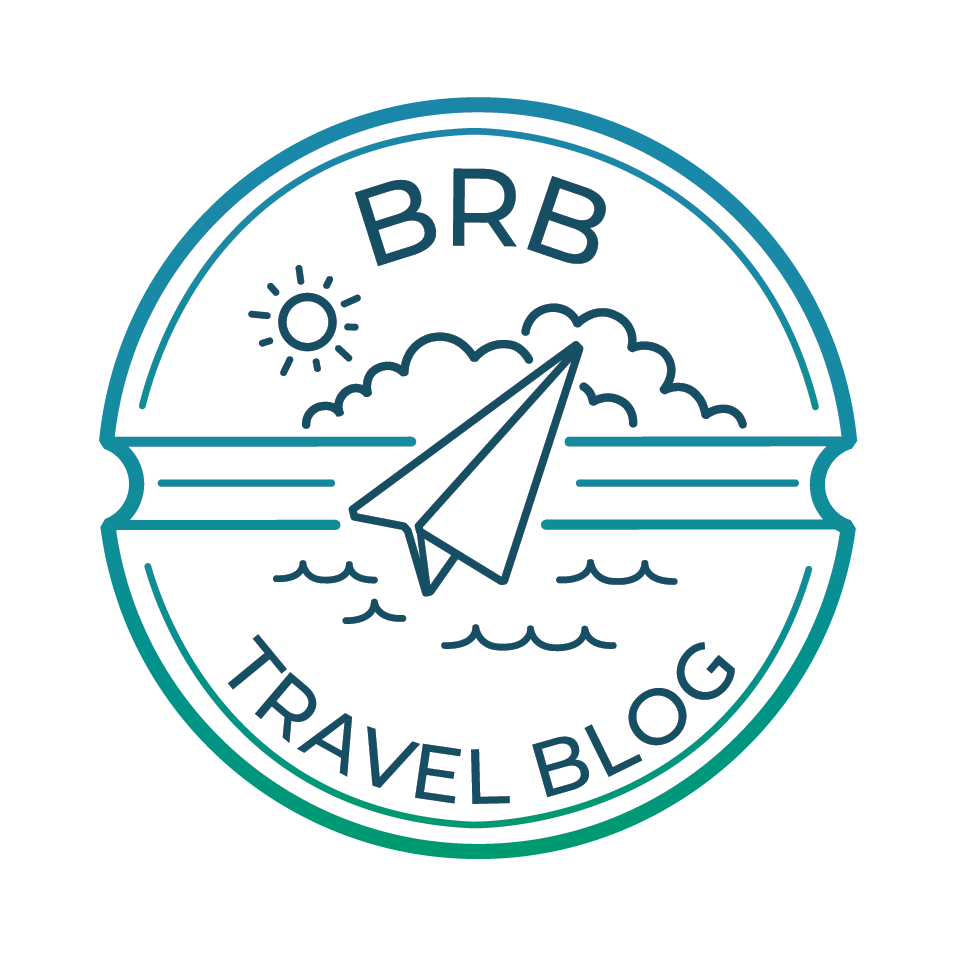

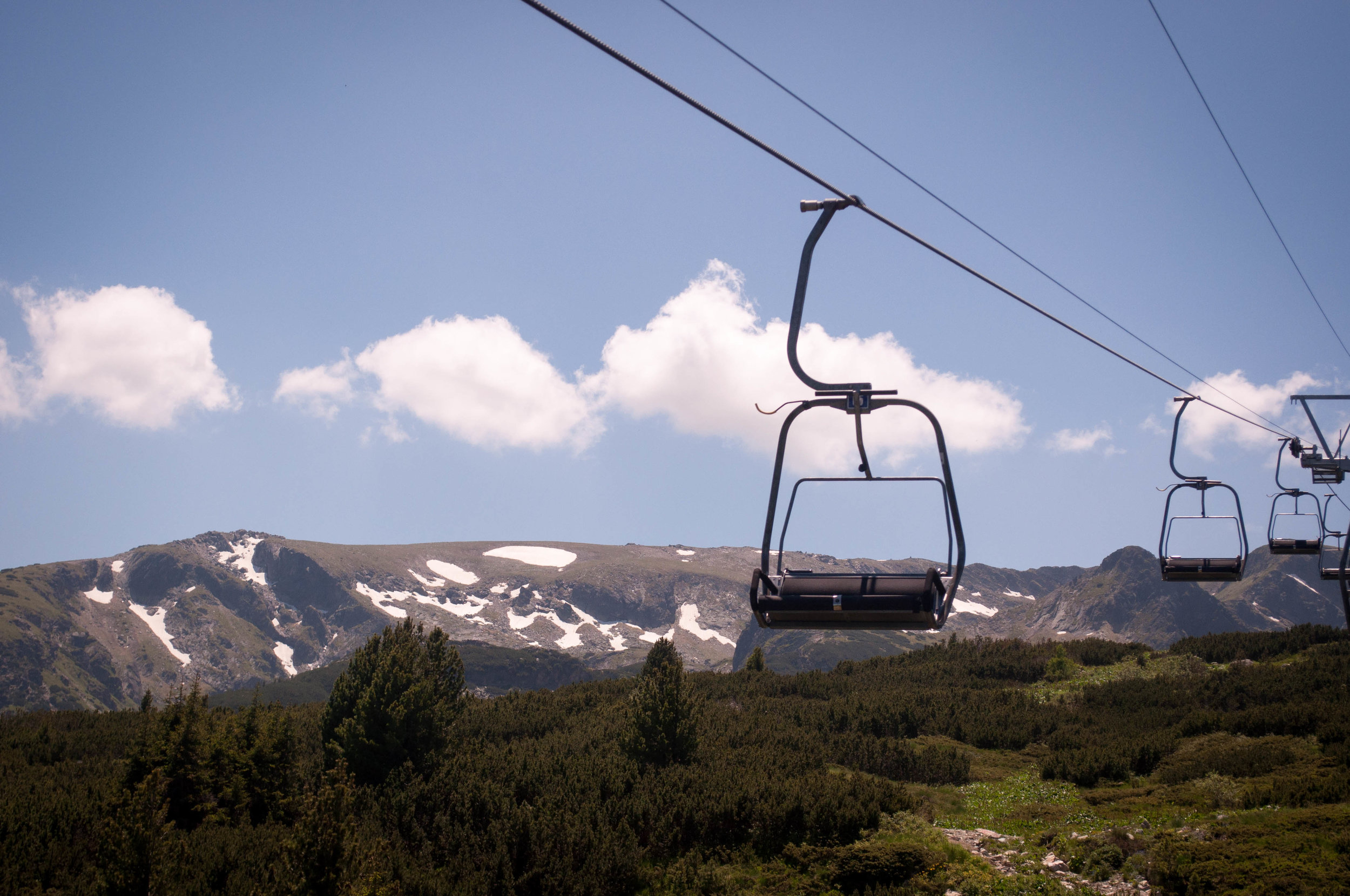
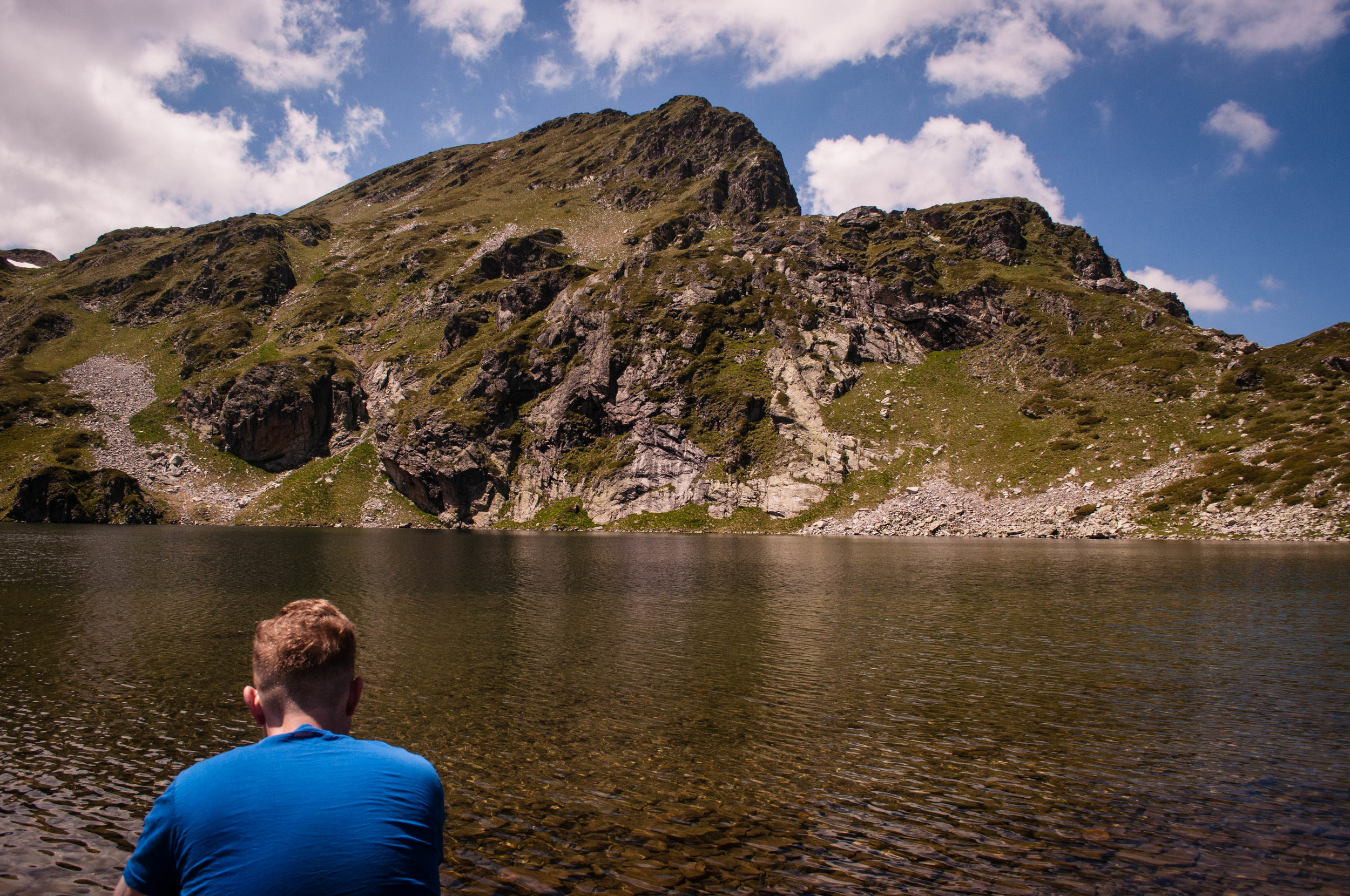
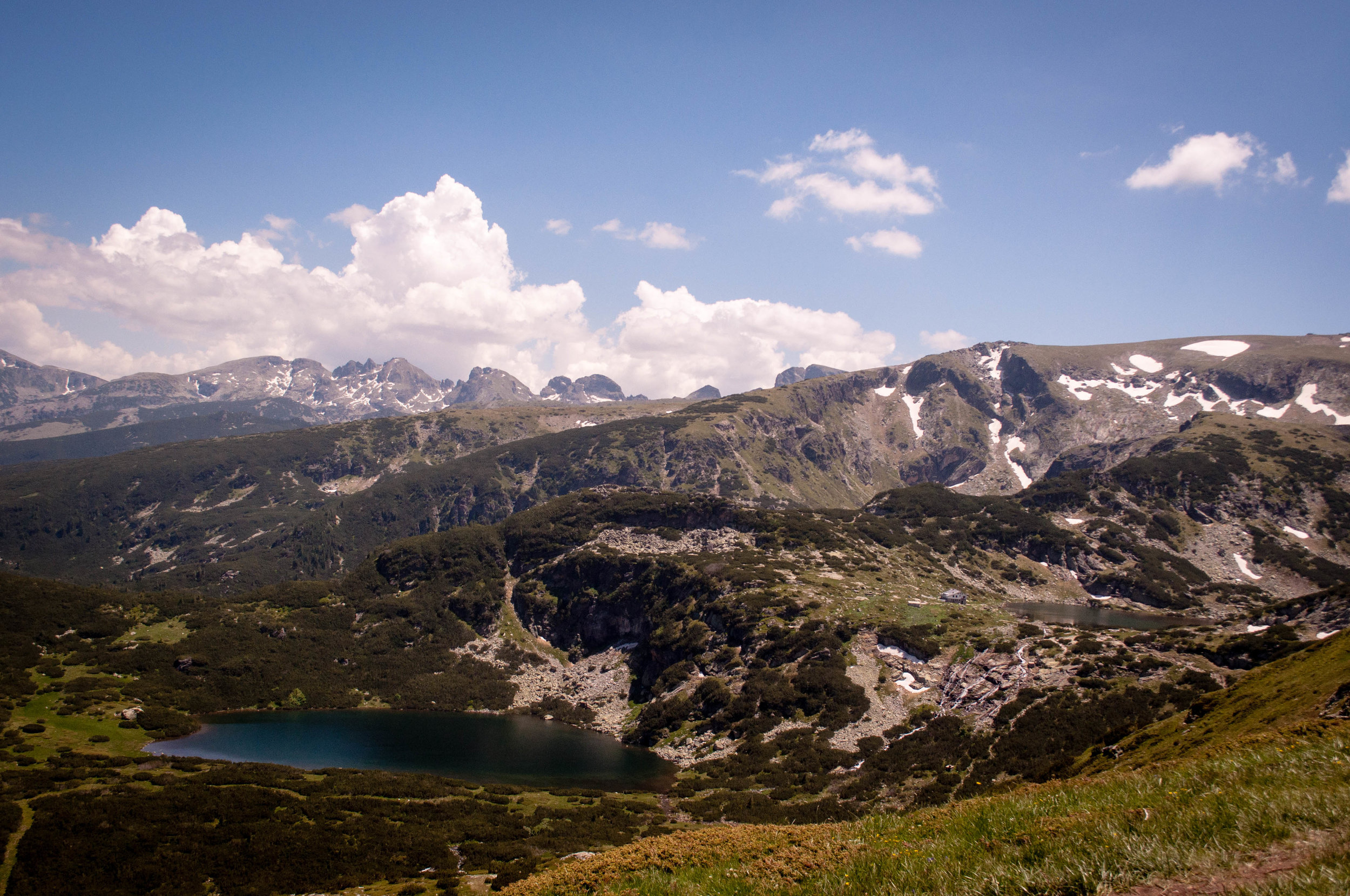
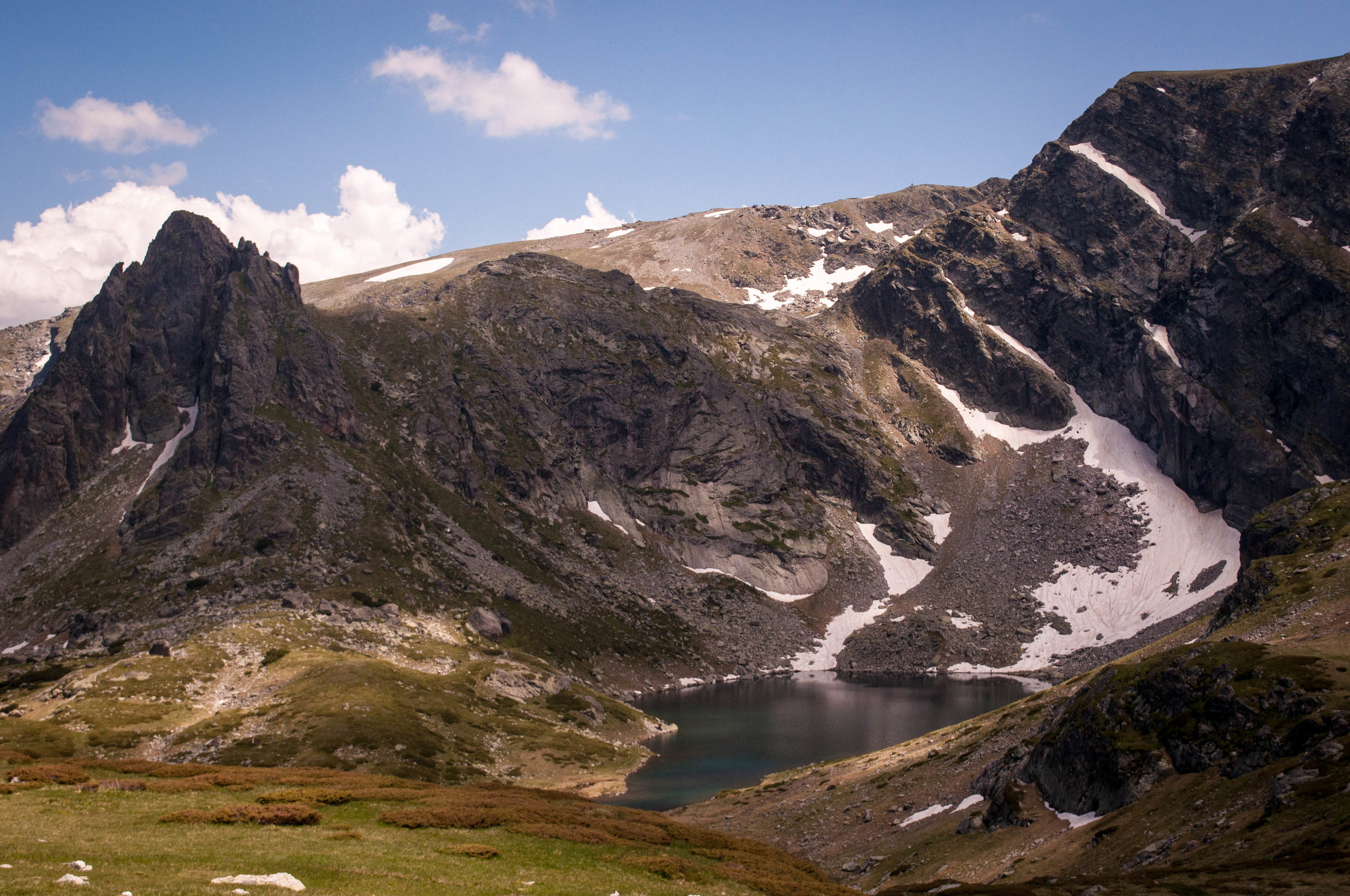

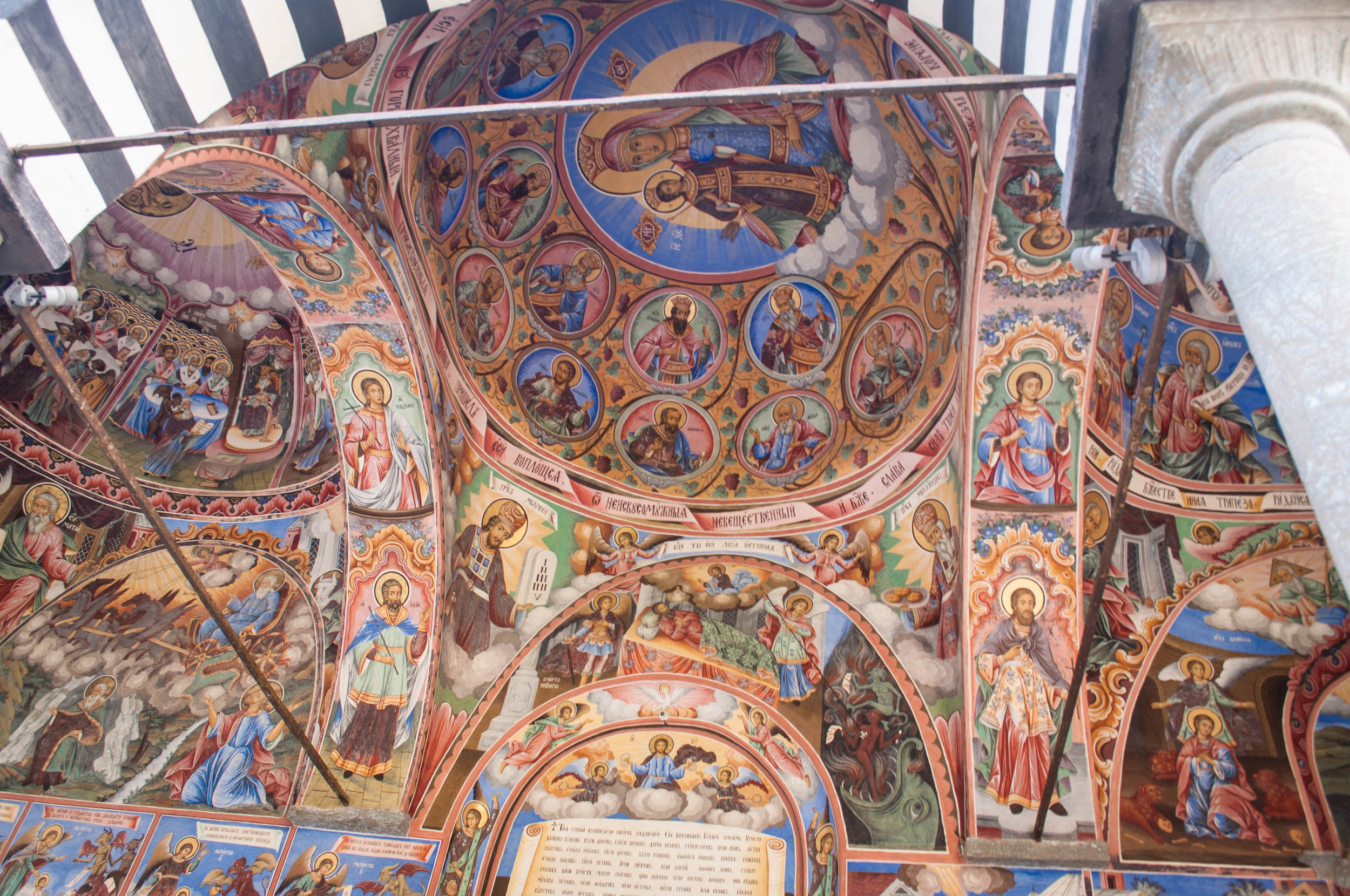
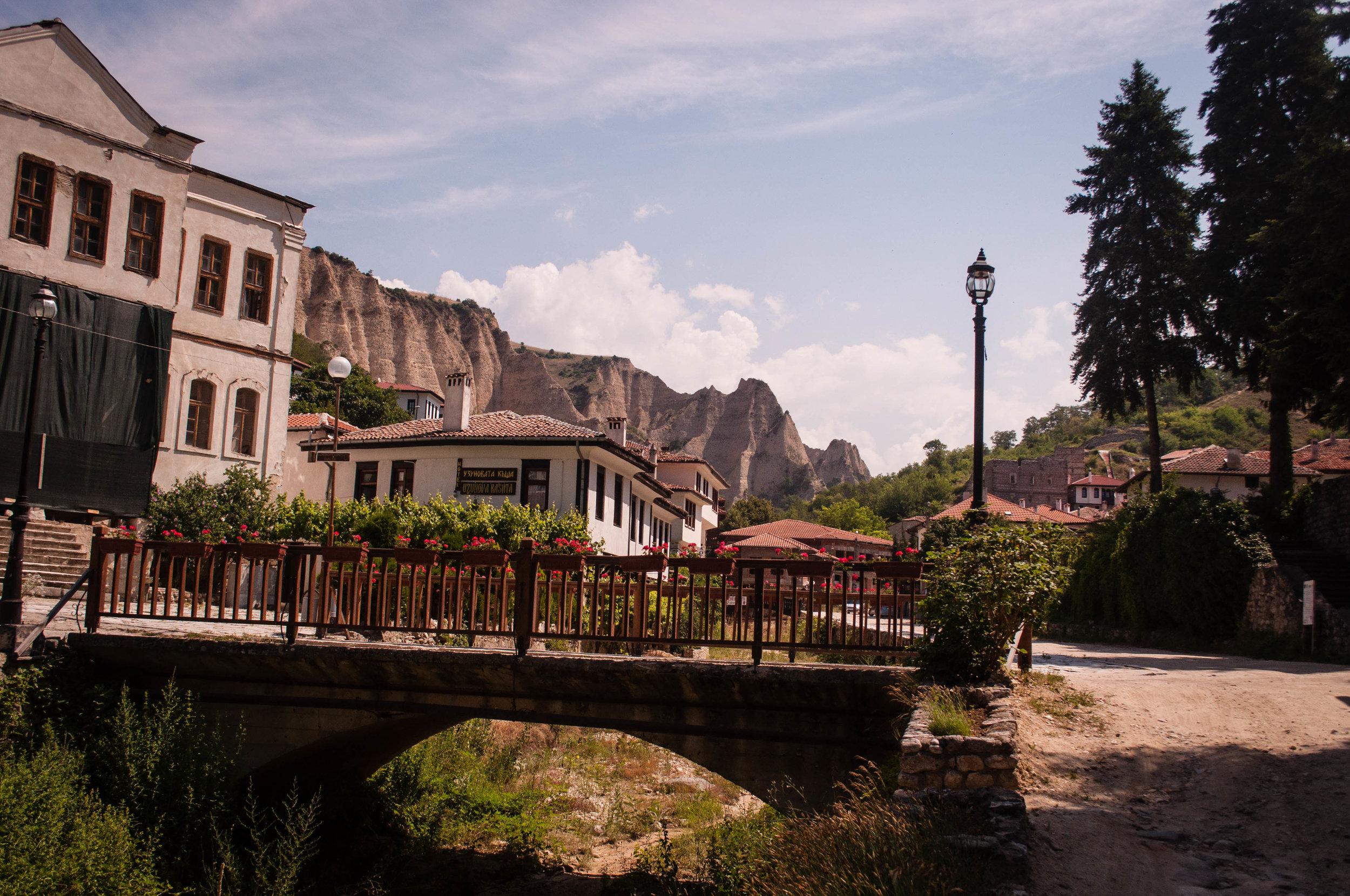
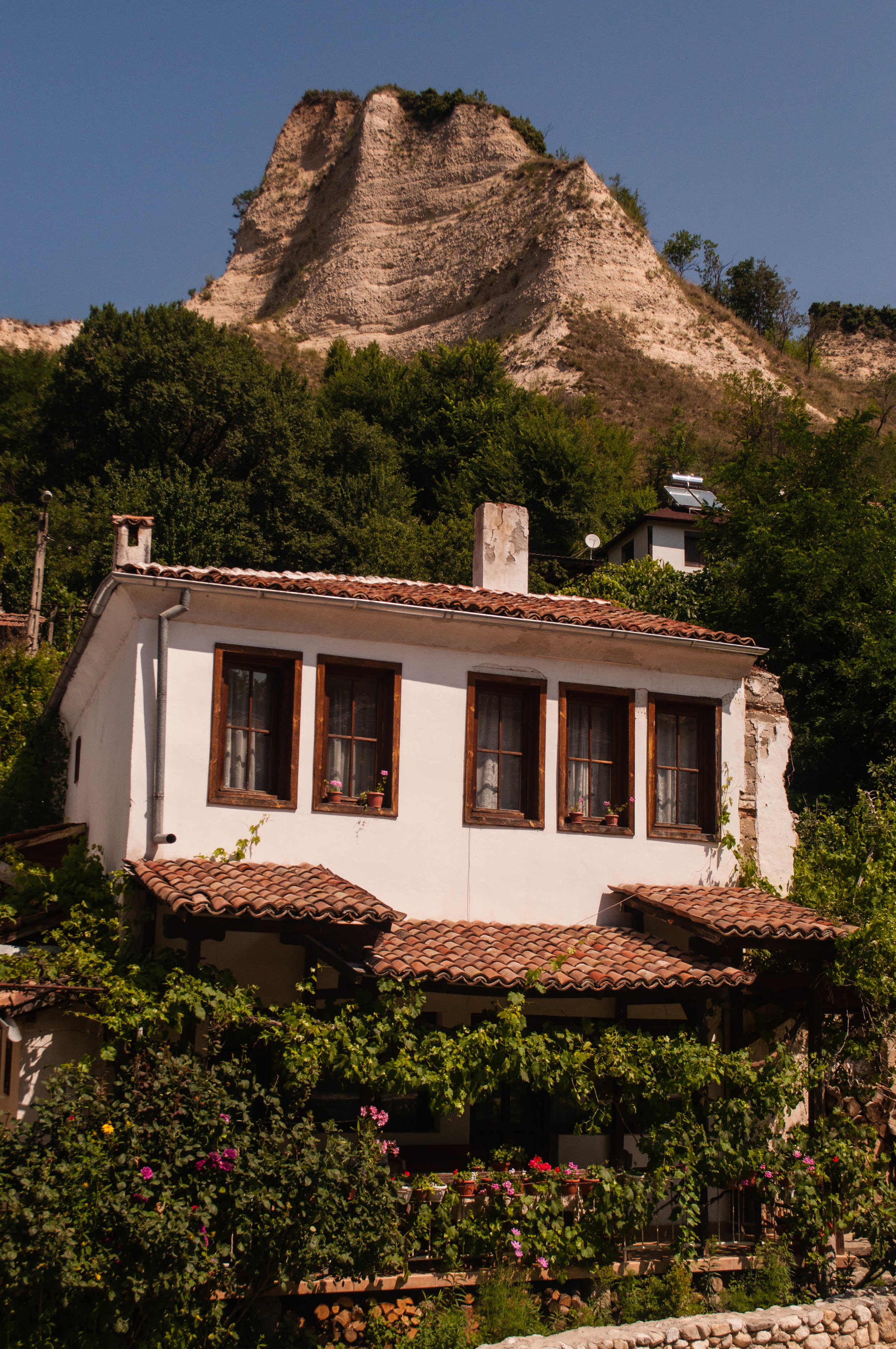
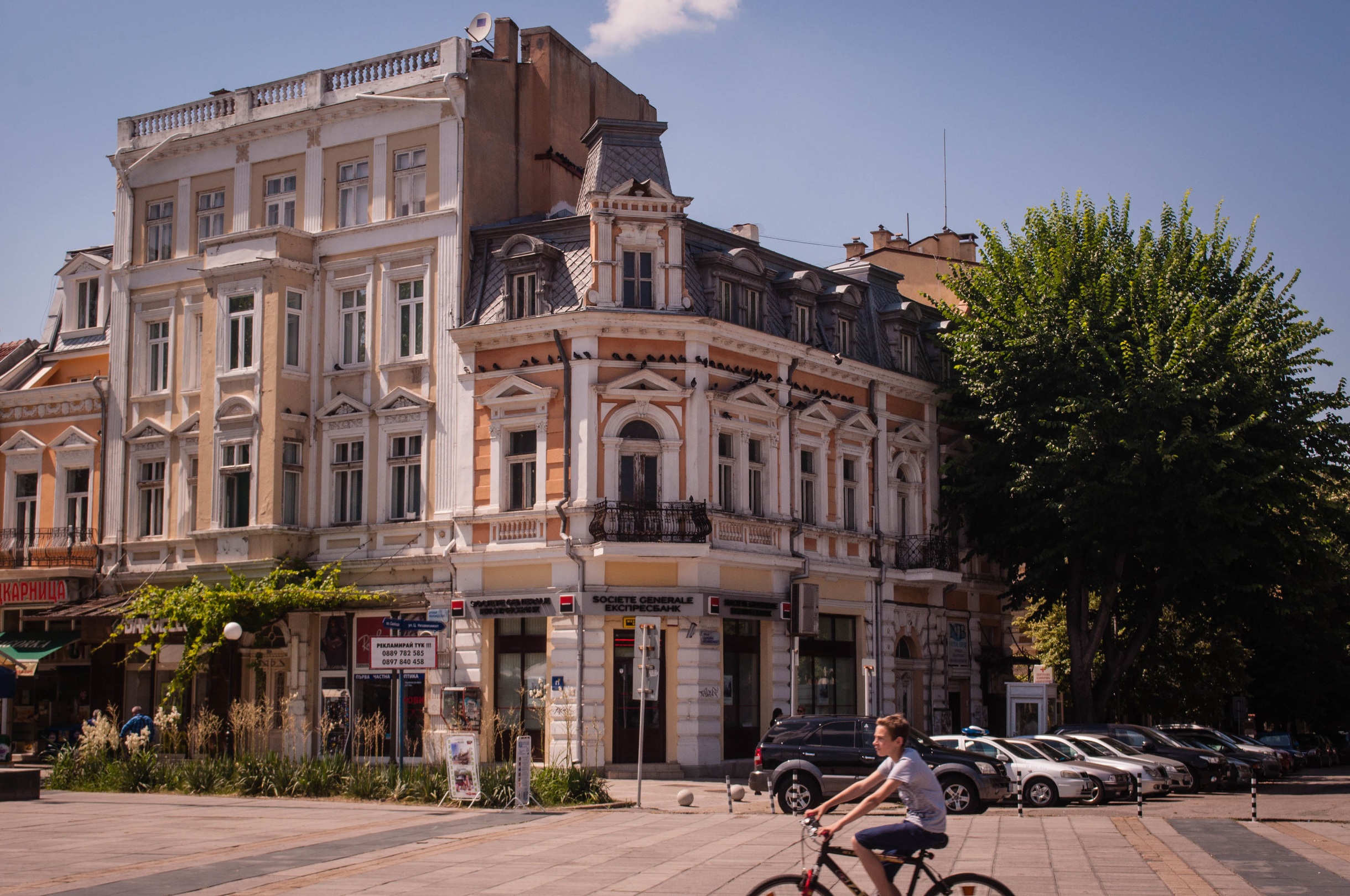
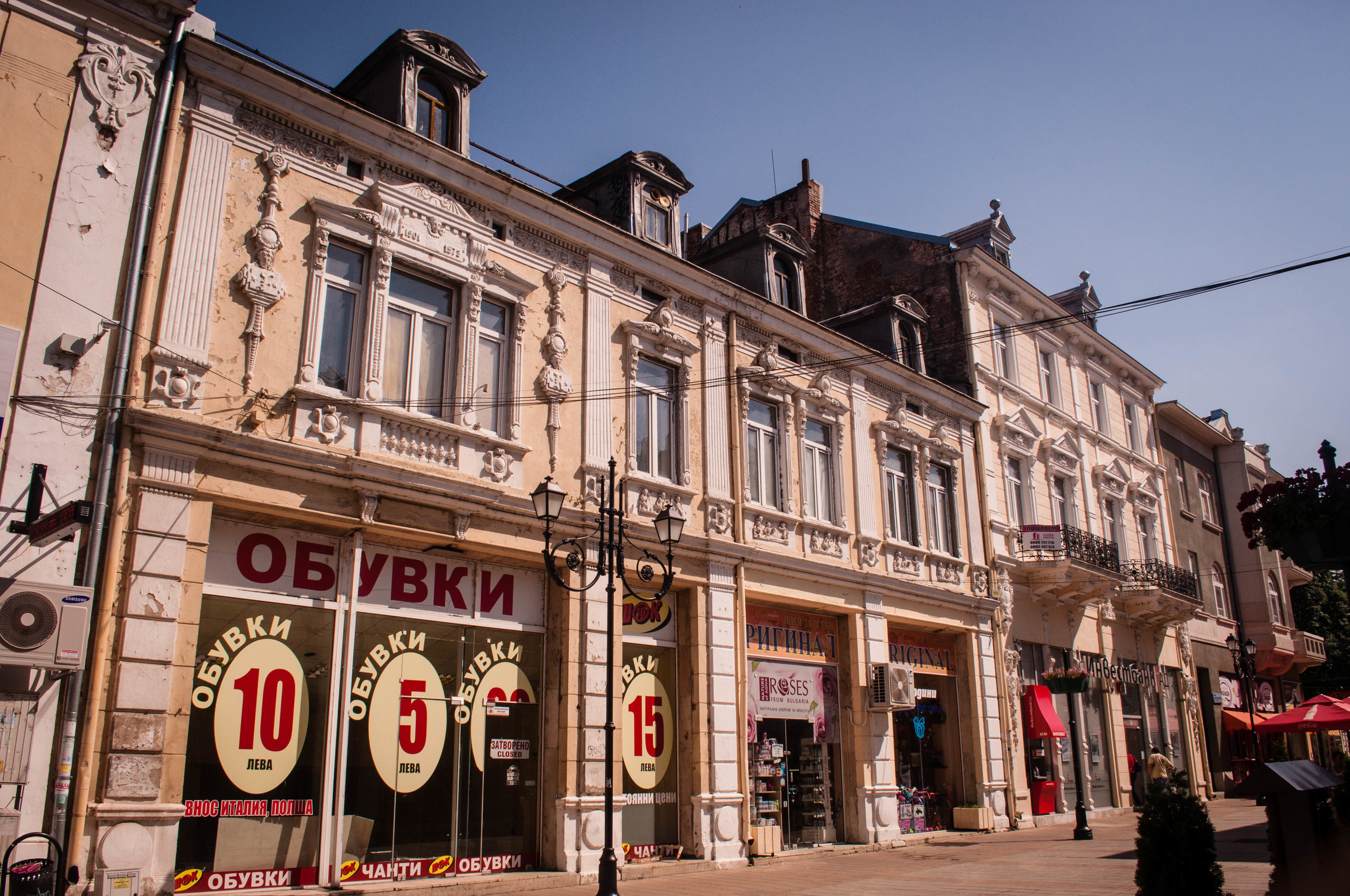

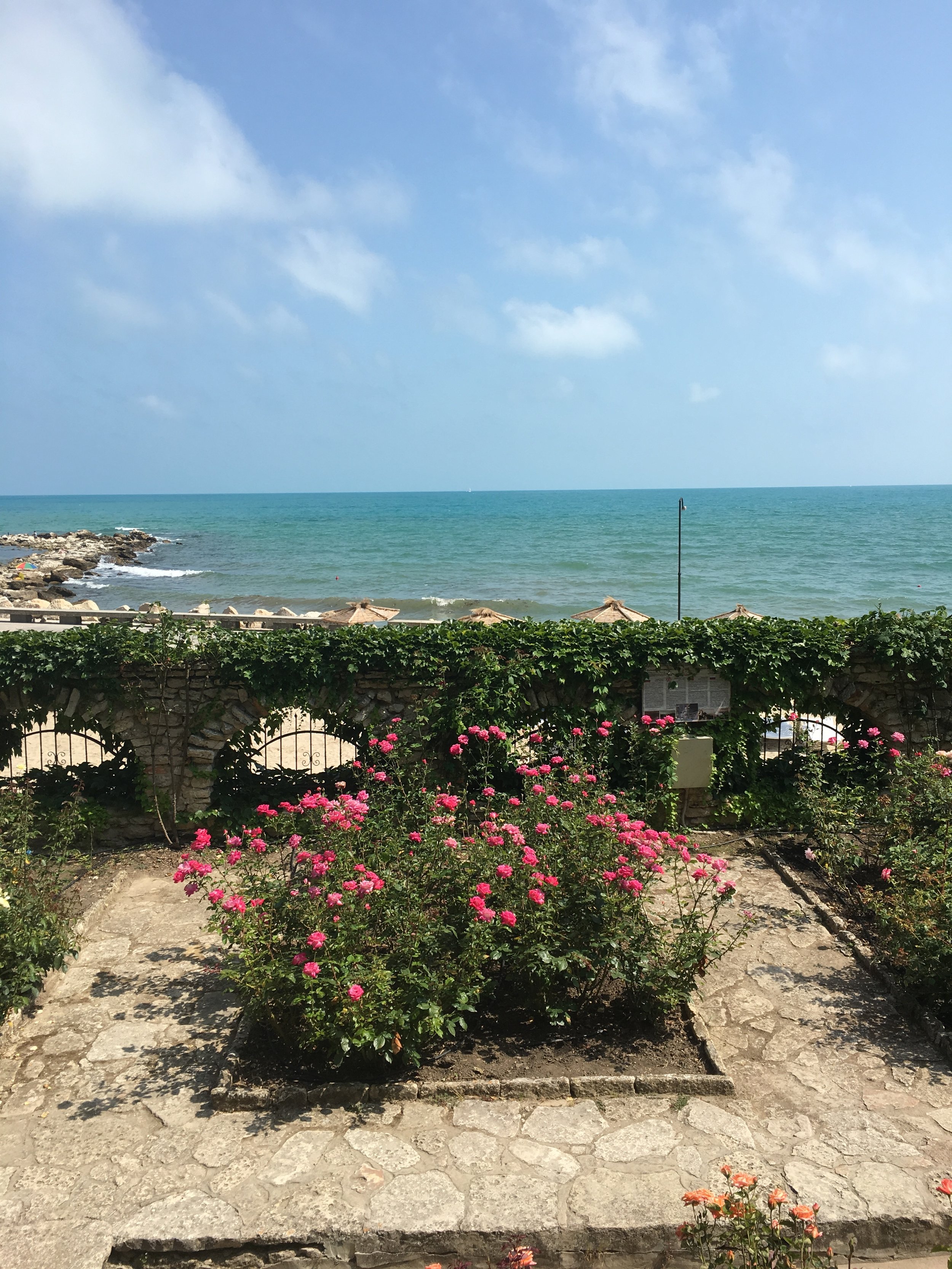




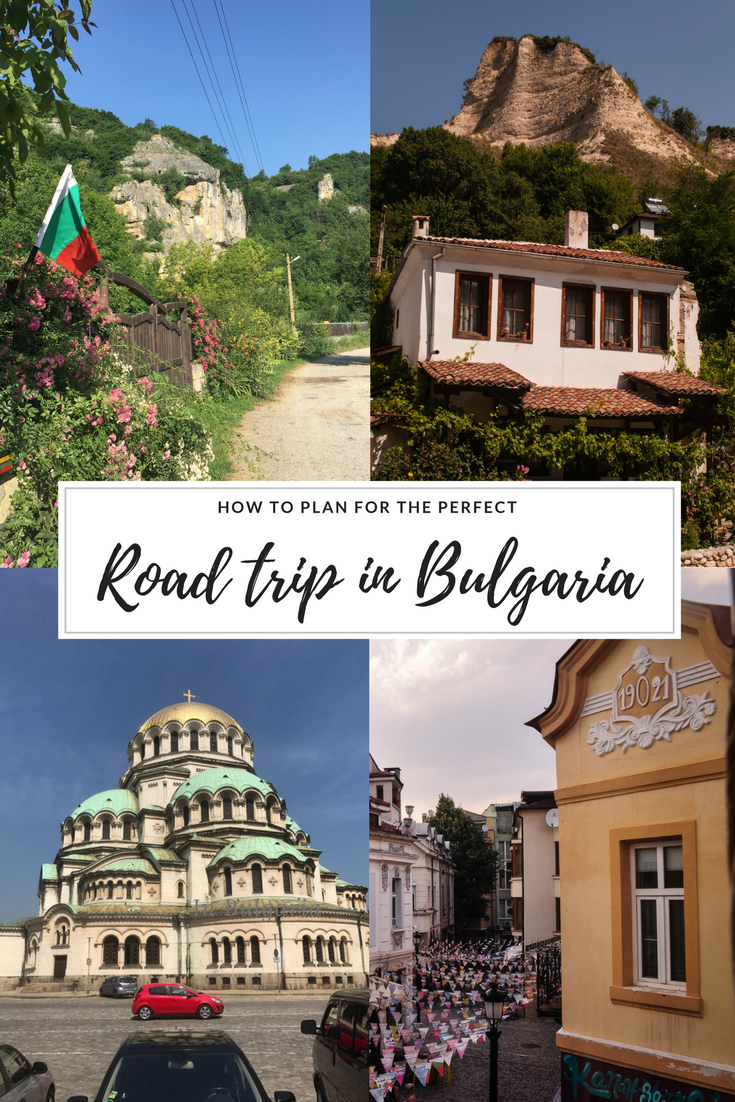





Bulgaria is an eastern European country that is heavily overlook by many. In search of what the country has to offer, we embarked in a 10-day road trip through the four corners of the country. This itinerary takes you through Sofia, the Rila monastery, Seven Rila Lakes, Plovdiv, the Black Sea coast, and much more! I also share some valuable tips! So get read to embark on this new adventure!